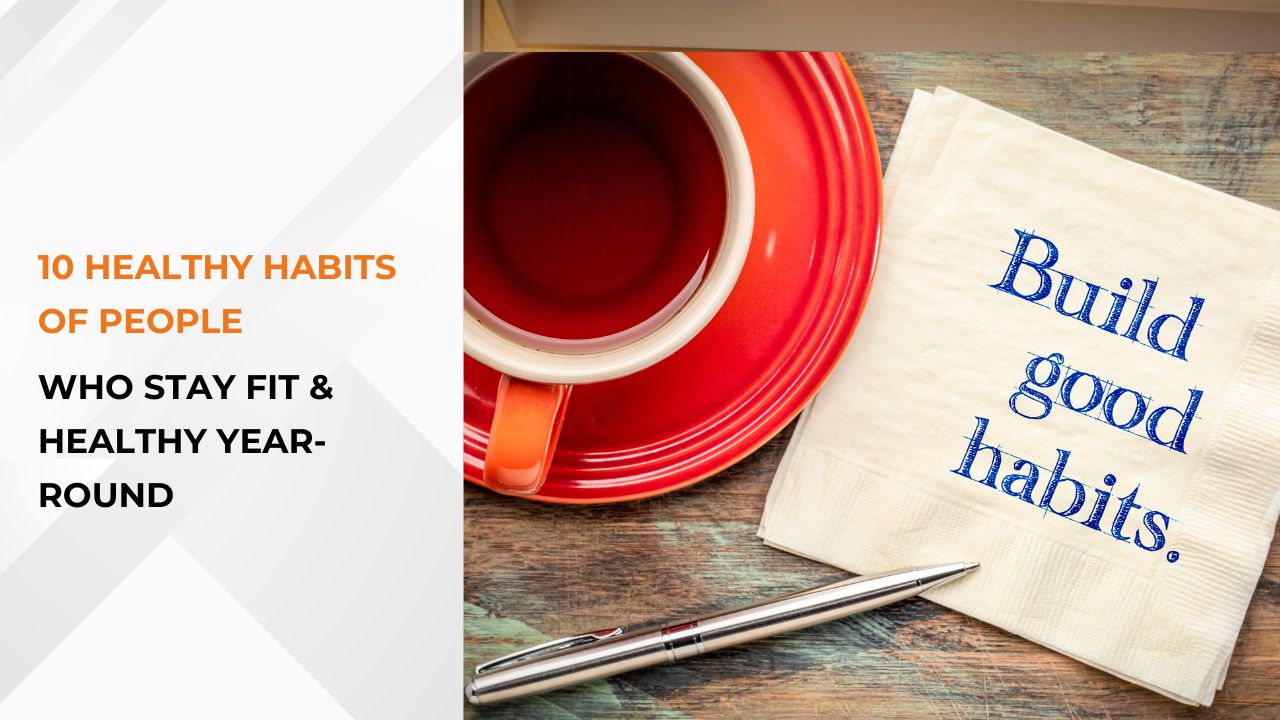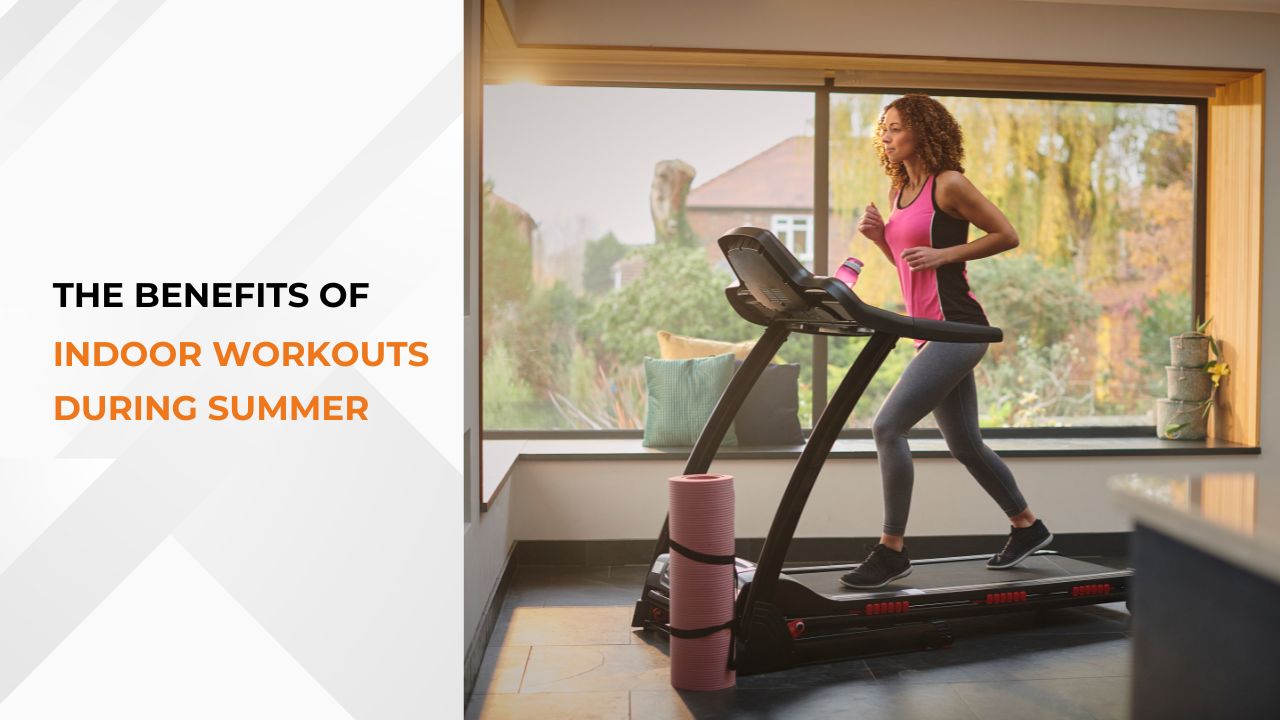The Best Exercises to Build Lower Body Strength

Building lower body strength is essential not just for aesthetic purposes, but for functional movement, athletic performance, and overall health. The legs, glutes, and lower back are some of the largest and most powerful muscle groups in the body. By strengthening them, you improve your ability to perform daily activities, increase athletic performance, and prevent injuries. In this blog, we’ll explore the best exercises to build lower body strength, covering key movements that target the quadriceps, hamstrings, glutes, calves, and more.
Why Lower Body Strength is Important
Lower body strength goes beyond just having toned legs. Here are a few reasons why it’s vital:
- Improves Athletic Performance: Whether you’re sprinting, jumping, or playing sports, your lower body powers many of your movements. Strong legs and glutes can enhance your performance in any athletic activity.
- Injury Prevention: Weak muscles can lead to imbalances that increase the risk of injuries, especially in the knees, hips, and lower back. Building strength in these areas helps create a more balanced body, reducing the likelihood of injury.
- Functional Fitness: Everyday activities like walking, climbing stairs, lifting objects, and even standing for long periods are easier when your lower body is strong.
- Boosts Metabolism: Since the lower body contains large muscle groups, building muscle here can help increase your resting metabolic rate, aiding in fat loss and maintaining a healthy weight.
Now, let’s dive into the best exercises to strengthen the lower body.
1. Squats
Muscles Worked: Quadriceps, Hamstrings, Glutes
Squats are the king of lower body exercises. They are a compound movement that works multiple muscle groups in the legs and core. Squats mimic everyday actions like sitting and standing, making them a functional exercise.
How to Perform a Basic Squat:
- Stand with your feet shoulder-width apart.
- Push your hips back and bend your knees as if you are sitting in a chair.
- Keep your chest up and core engaged.
- Lower yourself until your thighs are parallel to the floor (or as low as you can go comfortably).
- Press through your heels to return to the starting position.
Variations:
- Goblet Squats (with a dumbbell or kettlebell for added resistance)
- Jump Squats (to add a plyometric element for explosive strength)
- Bulgarian Split Squats (a single-leg variation that targets the quads and glutes more intensely)
2. Lunges
Muscles Worked: Quadriceps, Hamstrings, Glutes
Lunges are an excellent exercise for strengthening the lower body while also improving balance and coordination. They can be done in various planes of motion, making them a versatile choice for targeting the lower body.
How to Perform a Basic Lunge:
- Stand tall with your feet hip-width apart.
- Step one foot forward and lower your hips until both knees are at 90-degree angles.
- Push off the front leg to return to the starting position and repeat on the other leg.
Variations:
- Walking Lunges (for a dynamic challenge)
- Reverse Lunges (step backward instead of forward to reduce knee strain)
- Side Lunges (to target the inner and outer thighs)
3. Deadlifts
Muscles Worked: Hamstrings, Glutes, Lower Back
Deadlifts are another powerful compound movement that primarily targets the posterior chain, which includes the hamstrings, glutes, and lower back. Deadlifts also work on grip strength, core stability, and overall body strength.
How to Perform a Deadlift:
- Stand with your feet hip-width apart, with a barbell in front of you.
- Bend at the hips, keeping your back straight, and grip the barbell just outside of your knees.
- Engage your core and pull the bar up by straightening your legs and driving through your heels.
- Once you’re fully upright, pause and then lower the bar back down to the ground.
Variations:
- Romanian Deadlifts (focus more on the hamstrings by keeping the knees slightly bent)
- Single-leg Deadlifts (to improve balance and isolate each leg)
4. Step-Ups
Muscles Worked: Quadriceps, Hamstrings, Glutes
Step-ups mimic climbing stairs and are a fantastic exercise for developing unilateral leg strength, balance, and stability. The movement engages both the quads and glutes, making it a great addition to any leg workout.
How to Perform Step-Ups:
- Stand in front of a bench or sturdy platform.
- Step one foot onto the platform, pressing through your heel to lift your body up.
- Bring the other foot to meet the first on the platform.
- Step down with the same leg, then repeat on the opposite leg.
Variations:
- Weighted Step-Ups (holding dumbbells for extra resistance)
- Box Jumps (a plyometric version that adds an explosive element)
Also Read: 7 Strength Training Myths: Separating Fact from Fiction
5. Glute Bridges
Muscles Worked: Glutes, Hamstrings, Lower Back
Glute bridges are a highly effective exercise for targeting the glutes and hamstrings, and they also help with lower back stability. They’re particularly useful for those who sit for long periods and want to activate the glutes.
How to Perform a Glute Bridge:
- Lie on your back with your knees bent and feet flat on the floor, hip-width apart.
- Engage your core and press through your heels to lift your hips toward the ceiling.
- Squeeze your glutes at the top, then slowly lower your hips back to the starting position.
Variations:
- Single-Leg Glute Bridge (to isolate each leg)
- Hip Thrusts (performed with your back against a bench and additional weight across your hips)
6. Calf Raises
Muscles Worked: Calves (Gastrocnemius and Soleus)
Calf raises focus on the muscles of the lower leg, which are often neglected in many lower body workouts. Strong calves help improve balance, stability, and running performance.
How to Perform a Calf Raise:
- Stand with your feet hip-width apart, and your hands on a sturdy surface for balance.
- Press through the balls of your feet to lift your heels off the ground.
- Pause at the top, then slowly lower your heels back down.
Variations:
- Single-Leg Calf Raises (to work each leg individually)
- Seated Calf Raises (to target the soleus muscle)
7. Leg Press
Muscles Worked: Quadriceps, Hamstrings, Glutes
The leg press machine allows you to load a heavy amount of weight and safely target the quadriceps, hamstrings, and glutes. This machine is ideal for those looking to build leg strength without the need for balancing a free weight.
How to Perform a Leg Press:
- Sit on the leg press machine with your feet shoulder-width apart on the platform.
- Press through your heels to extend your legs, but avoid locking your knees.
- Lower the weight back down with control until your knees are at 90 degrees, then press back up.
Conclusion
Building lower body strength is crucial for overall fitness, athletic performance, and daily life activities. Incorporating exercises like squats, deadlifts, lunges, and more will engage multiple muscle groups, boost metabolism, and improve your endurance and strength. To see the best results, consistency is key—be sure to vary your workouts, challenge yourself with resistance, and ensure proper form to prevent injury. Whether you’re a beginner or advanced, these exercises will help you build a strong and powerful lower body.

